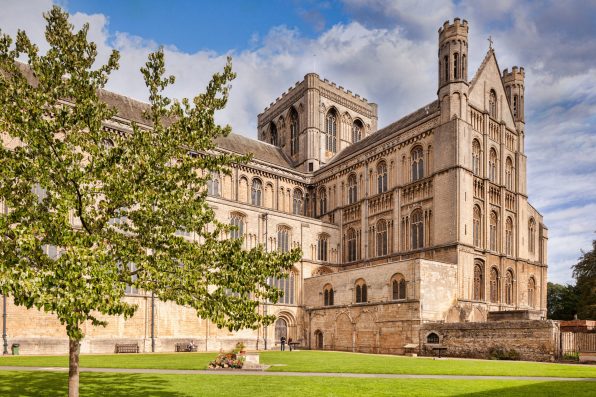Recently, the remains of a prehistoric settlement were discovered in eastern England, and it has helped provide a glimpse into what life was like for people during the late Bronze Age.
The archaeological site where the settlement was uncovered has been described as “Britain’s Pompeii” due to its sudden destruction by devastating fires, resulting in exceptionally well-preserved remains.
The site was first found in 1999 in Must Farm quarry, which is located near the city of Peterborough in Cambridgeshire. After conducting investigations at the site, archaeologists have unearthed the remains of a village that was built around 850 B.C.
The prehistoric settlement was raised on stilts and sat above a now slow-moving river in a marshy region called the Fens. Evidence shows that the village was destroyed in a fire when it was just less than a year old. As a result, all the buildings collapsed and tumbled into the river below.
Many of the structures and artifacts became preserved in the spot where they fell due to a combination of factors such as waterlogging, charring from the fire, and getting buried in an area with little oxygen.
The Cambridge Archaeological Unit (CAU) carried out thorough excavations from 2015 to 2016, and now, a pair of reports detailing their finds have become available. During their digs, they came across a group of “uniquely preserved” wooden houses, along with thousands of artifacts.
“This is a fantastic example of what daily life would have been like in the Late Bronze Age, which allows us to connect with the residents of the site and see what they were eating, what tools and technologies they were using, and even their health,” Chris Wakefield, an archaeologist at CAU, told Newsweek.
The remains of four large wooden roundhouses and a square structure that served as an entryway were found. Both were built on stilts. In addition, some of the houses were connected by raised walkways, and a fence made of sharpened wood posts surrounded the village. The posts stood at about six feet tall.
It is likely that the original settlement was actually twice as large as its current appearance. In the 20th century, it was reduced to half its size by quarrying and may have once housed up to 60 people.

Sign up for Chip Chick’s newsletter and get stories like this delivered to your inbox.


